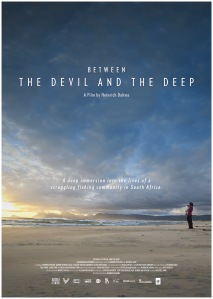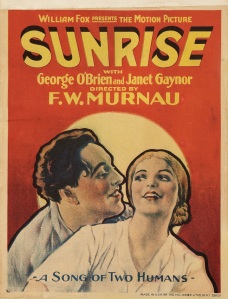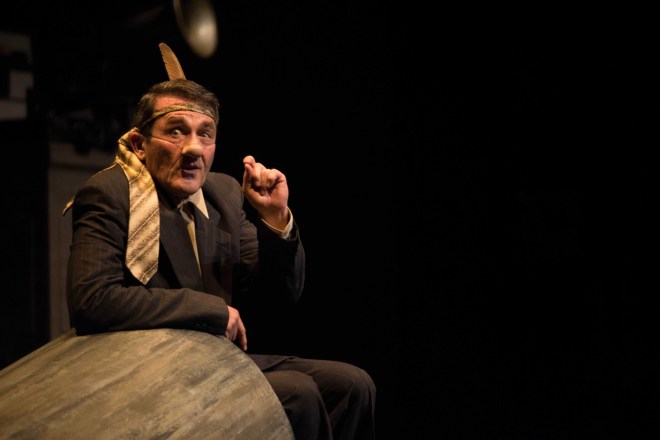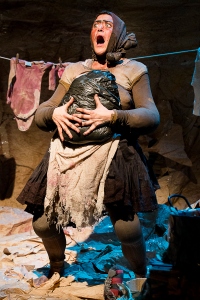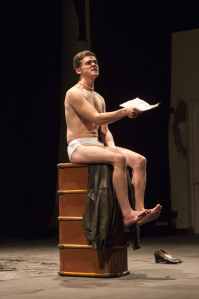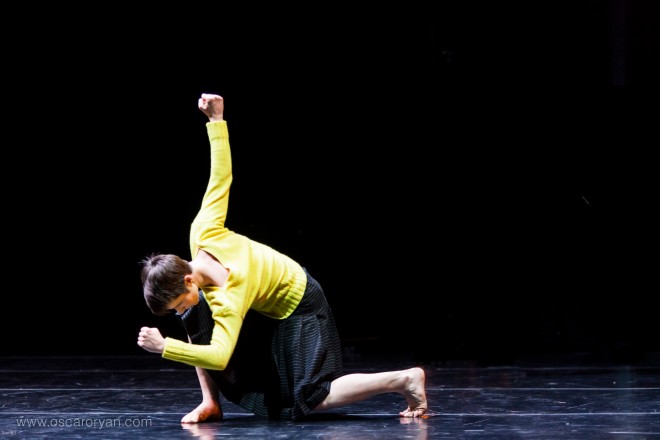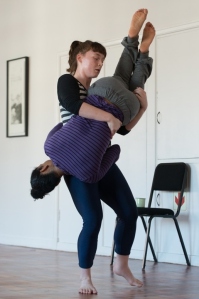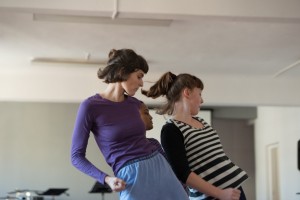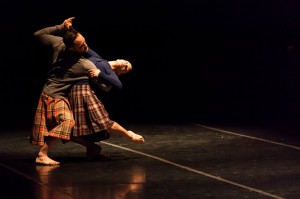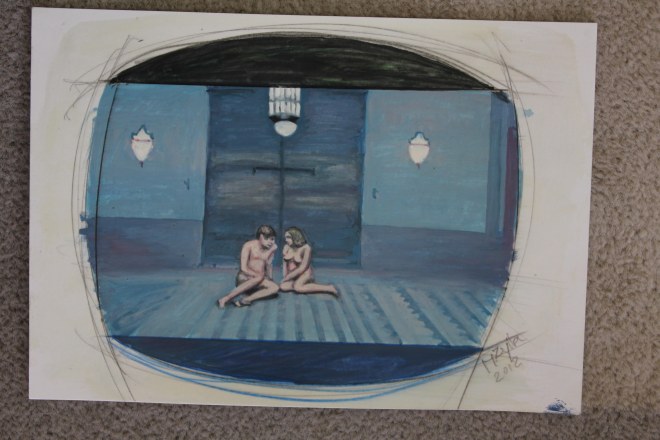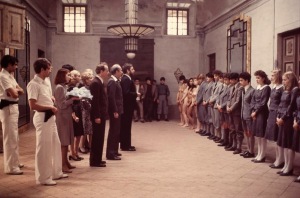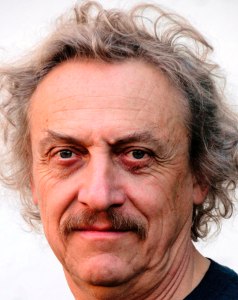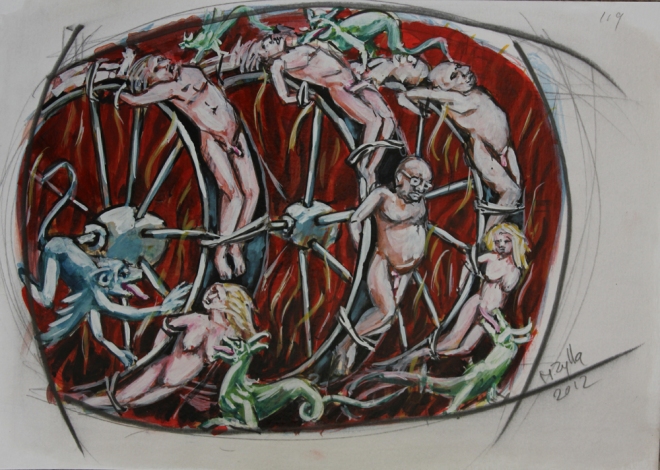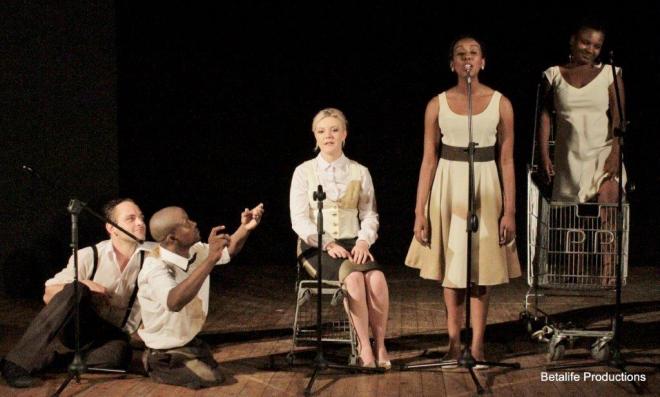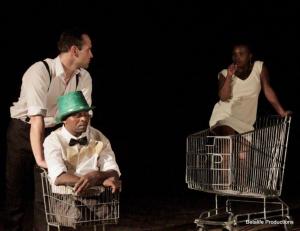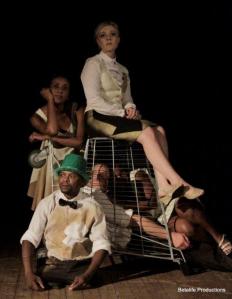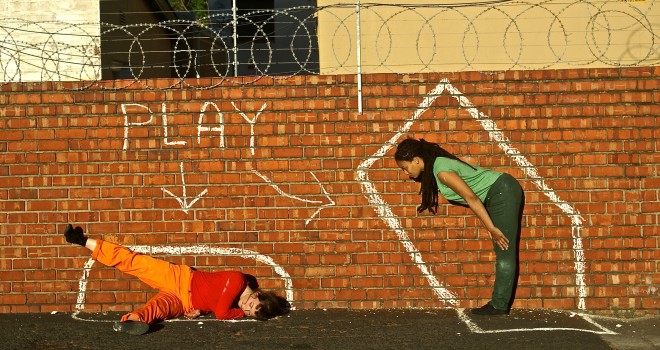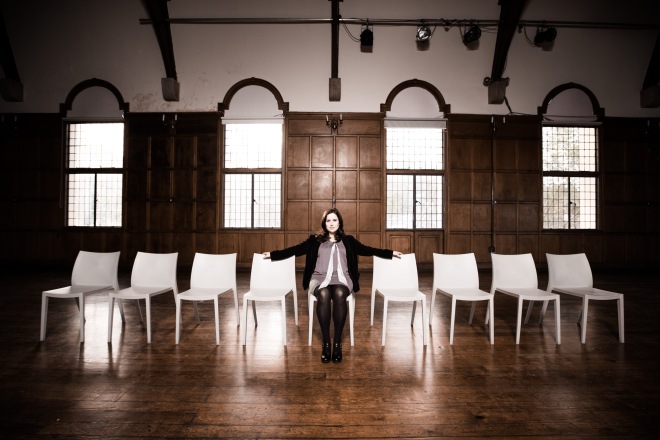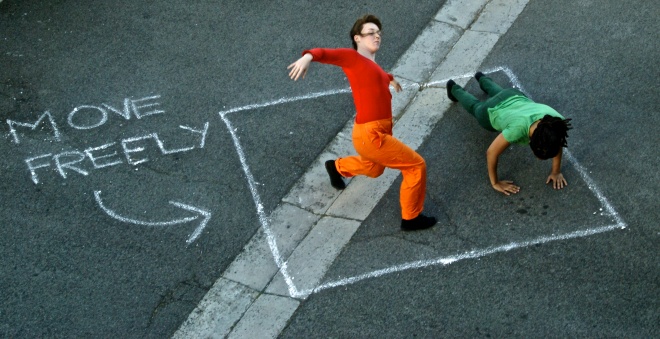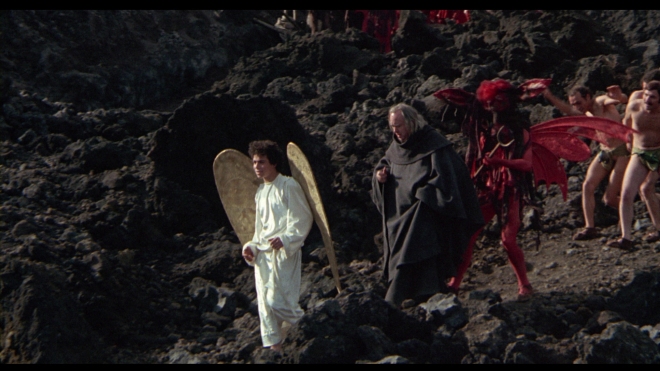
This feature was first published in Cape Times on 2 July 2015.
Steyn du Toit
While the current National Arts Festival (NAF) in Grahamstown is best known for its celebration of the multi-coloured umbrella that is the performing arts, the (relatively) warmer first few days have also delivered a film programme able to compete with the best. Curated by Trevor Steele Taylor, several interesting figures and themes have been identified.
Regarded as a major figure in Italian poetry, filmmaking and art, the cinematic achievements of Pier Paolo Pasolini is paid tribute to over the course of the week. Among his most celebrated films screened include The Gospel According to St. Matthew (1964), The Decameron (1970), The Canterbury Tales (1972) and Arabian Nights (1974).
It is Pasolini’s controversial 1975 feature, Salò, or the 120 Days of Sodom, however, that most often pops up when referring to the controversial nature of the director’s work. Based on the Marquis de Sade’s infamous 1785 novel, 120 Days of Sodom, or the School of Libertinism, the film unflinchingly deals with (and depicts) matters of torture, humiliation, degradation, rape, murder and every other depraved topic in between.
Running alongside the Pasolini retrospective is a digital exhibition of Manfred Zylla’s 120 Days of Sodom, a series inspired by the film, as well as the writings of De Sade and Dante Alighieri. The exhibition was launched here in book format on Friday as well, thanks to a collaboration between Zylla and the Erdmann Contemporary in Cape Town.
German-born and South African-based Zylla himself is in attendance too, and will appear as part of a Think!Fest panel discussion on Tuesday (July 7). Titled Art and Resistance, during the conversation the artist and a group of his peers will examine the position of art as “a method of resistance to coercion by structures of state, religious, financial, censorial and corporate power.”
Another festival retrospective to go see should you find yourself in Grahamstown this week, and one that ties in with similar efforts on the Main theatre programme, relates to the satirical films of Pieter-Dirk Uys.
While tannie Evita Bezuidenhout will no doubt forever be his most memorable creation, the titles in this selection provide a great opportunity to experience his various other sides as an actor and comedian too. Among the films directed and/or starring The Divine Mrs. E’s alter-ego are Adapt or Dye (1982), Farce About Uys (183) as well as Skating on Thin Uys (1985).
Billed as an important freedom of speech initiative, Limits of Liberty is a resurrection of Liza Key’s former Weekly Mail & Guardian Film Festival offering. Now a component of this year’s NAF film programme, the segment sees several important films presented around issues relating to censorship and the freedom of the individual in today’s increasingly Orwellian world.
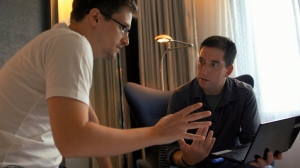
Winner of this year’s Academy Award for Best Documentary Feature, Laura Poitras’ CitizenFour truly feels like a document of its time. Shot cinéma vérité style and presented as a series of frank, confessional interviews with Edward Snowden in Hong Kong in 2003 (only days before the National Security Agency spying scandal broke), this is what it feels like to watch history unfold in “real time.”
It’s great to see two South African films also screened as part of Limits of Liberty. Directed by Heinrich Dahms, Between the Devil and the Deep opens with an impressive scene of a lone diver seemingly taking on an entire ocean. A fitting metaphor for what is to follow, this gripping documentary follows several families from Hawston, a fishing community near Hermanus. Fracking, in turn, comes under the spotlight in Jolynn Minnaar’s Unearthed.
As usual Taylor, who celebrates his 17th year as curator, has grouped various other films together under interesting banner themes for the rest of the programme as well. The South, for instance, sees “a meeting between South American film artists and South Africa.”
Supported by various embassies, filmmaker Alvaro Brechner – whose films Mr. Kaplan and A Bad Day to Go Fishing were selected as Uruguay’s official submissions to the Academy Awards’ Foreign Language Film category in 2010 and 2015, respectively – are currently in attendance.
Brechner will be joined today (July 6) by his Argentinian counterpart, Pablo Cesar – known for films such as The Gods of the Water, Hunabku and The Sacred Family – for a meeting with last year’s Standard Bank Young Artist (SBYA) for Film, Jahmil XT Qubeka (Of Good Report). Together they will look at areas for collaboration between their various countries.
Another interesting theme chosen by Taylor this year sees classic films presented with new/alternative soundtracks and scores. Examples include FW Murnau’s silent classic, Sunrise: A Song of Two Humans, performed to a soundscape created by Jacob Israel and A Skyline on Fire; and Carl Theodor Dreyer’s 1932 black and white Vampyr, accompanied by an original live music composition by husband and wife team Jacob van der Westhuizen and Ola Kobak (appearing together as A Hollow in the Land), alongside Givan Lötz.
While previous years have had bigger offerings in terms of films on the NAF Fringe, this year sees only two items make the cut. The first, Double Bill I, comprises of Stephen Abbott’s 10-minute short Lazy Susan, Kyle Robinson’s Finding Graham’s Town (16 min) as well as the Robinson brothers’ Man on the Line, featuring well-known physical theatre performer Richard Antrobus.
Two longer short films by Siviwe Honobroke Mashiyi’s make up Double Bill II. They are Forgiveness, produced and shot without a budget, and Did She, Didn’t She?, the second film written and directed by this upcoming filmmaker.
The National Film and Video Foundation (NFVF) will once again present a series of workshops during NAF too. Among the free screenings presented as part of it include Zee Ntuli’s Hard to Get (Wednesday), Koos Roets’ Faan se Trein (Friday) and Rehad Desai’s Miners Shot Down (Friday).
l NAF runs until Sunday. For full show schedule and booking details, see www.nationalartsfestival.co.za and www.facebook.com/nationalartsfestival, or follow @artsfestival on Twitter.
Steyn du Toit is a Cape Town-based freelance arts journalist. For any questions please e-mail steyndutoit (at) gmail (dot) com.
